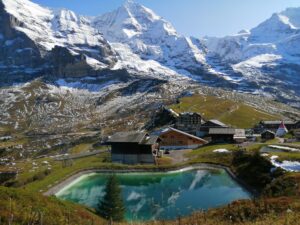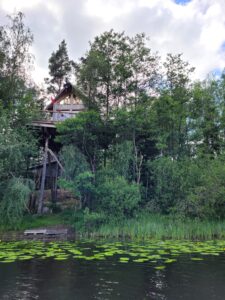In my previous post, I shared my experience in Espinho, a place that served as a perfect base for exploring Portugal. Espinho is ideal for ocean lovers and also offers the opportunity to explore other parts of Portugal thanks to its excellent train connections with the rest of the country. During my seven-day stay, I had enough time to visit four major cities, each unique in its own way, and now I’ll take you along on that journey.

Porto
On the second day of my stay, I visited Porto, just a 40-minute train ride from Espinho. The train stops right in the heart of the city at Porto São Bento station, which is one of the most beautiful train stations in Europe. A round-trip ticket costs about 4 euros, making it an affordable and easy trip.
Personally, I found Porto even more beautiful than Lisbon. It’s the second-largest city in Portugal, but it has a cozy, intimate feel that captures your heart. Porto is steeped in history, and every corner of the city reflects its rich past. In 1996, Porto’s historic core was declared a World Heritage Site by UNESCO. One of its most iconic landmarks is the Luís I Bridge, and for 10 euros, you can take a cable car ride down to the banks of the Douro River. The riverfront is bustling with restaurants, bars, and food stalls, perfect for a leisurely stroll.
I also wanted to visit the famous Livraria Lello bookstore, but tickets need to be purchased online in advance—a detail I missed, so I wasn’t able to visit this time.
I spent the entire afternoon exploring Porto, walking through its picturesque streets and soaking in the vibrant atmosphere. The city’s energy is contagious; the locals are relaxed, smiling, and the food is fantastic. While the city’s delicious cuisine is worth trying, its wine and pastries are absolutely exceptional.
Though one afternoon was far too short to explore everything, it was enough to leave me with unforgettable memories. If I ever get the chance, I’ll definitely return to Porto.
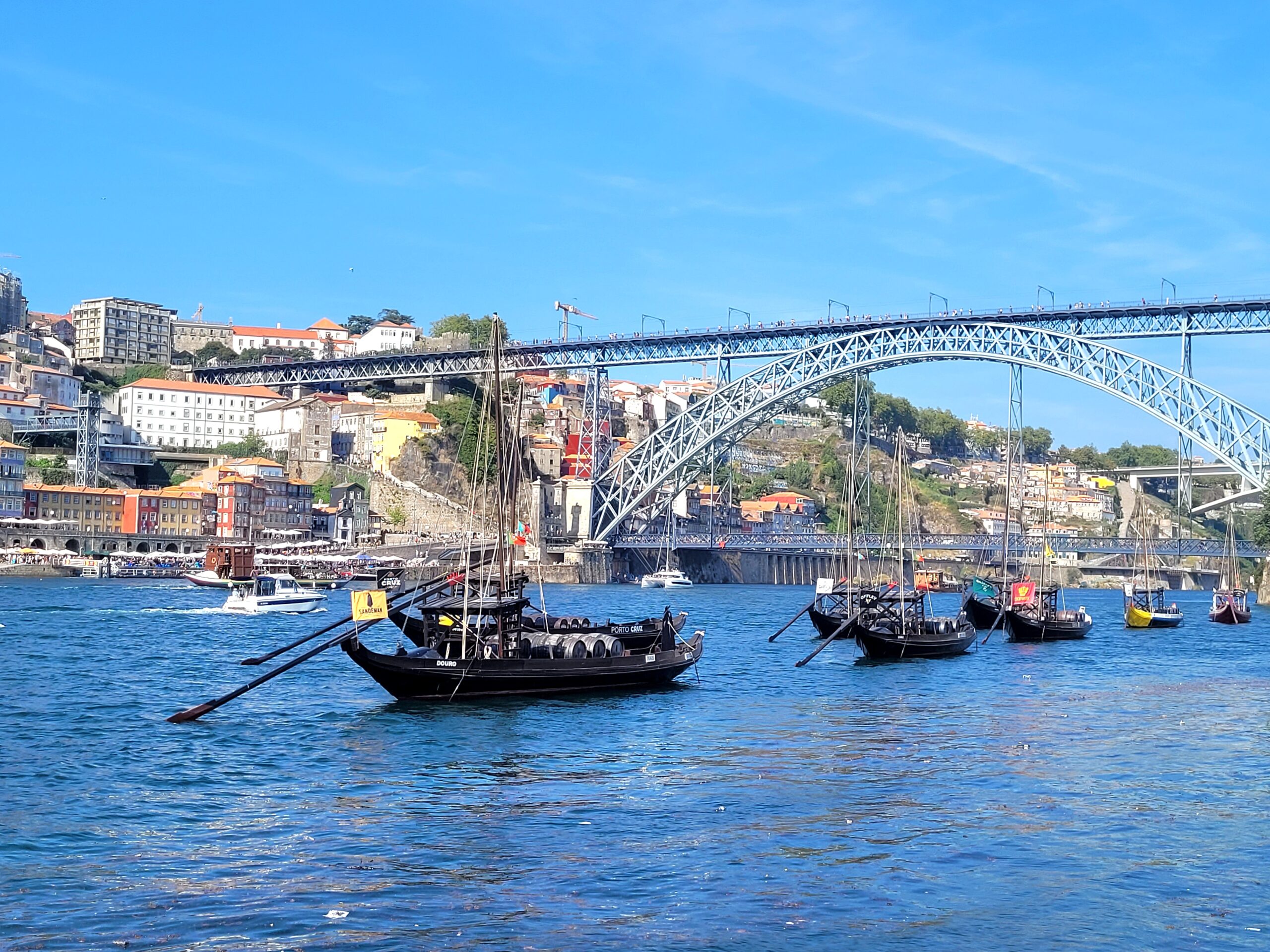
Braga
My next stop was Braga, the third-largest city in Portugal and the country’s religious center. It’s also one of Portugal’s oldest cities, with a rich history that stretches back centuries. Braga’s cathedral, built in the 12th century, is the oldest in the country and a must-see for history lovers.
Braga is about 70 km from Espinho, with a 1-hour train ride that costs around 8 euros. Nestled between mountains and valleys, the city offers a scenic and serene escape. The Sanctuary of Bom Jesus do Monte is Braga’s most famous landmark, offering stunning views from the top. Best of all, entrance is free, making it an easy addition to your itinerary.
For me, one afternoon was enough to explore Braga. What truly stood out during my visit—and throughout my trip to Portugal—was the warmth and hospitality of the people. In every city, including Braga, I felt welcomed and at ease.
Prices in Braga’s restaurants and cafés are very affordable. For instance, I enjoyed a coffee at a well-known restaurant in the center of Braga for just 1 euro and 20 cents—a pleasant surprise!
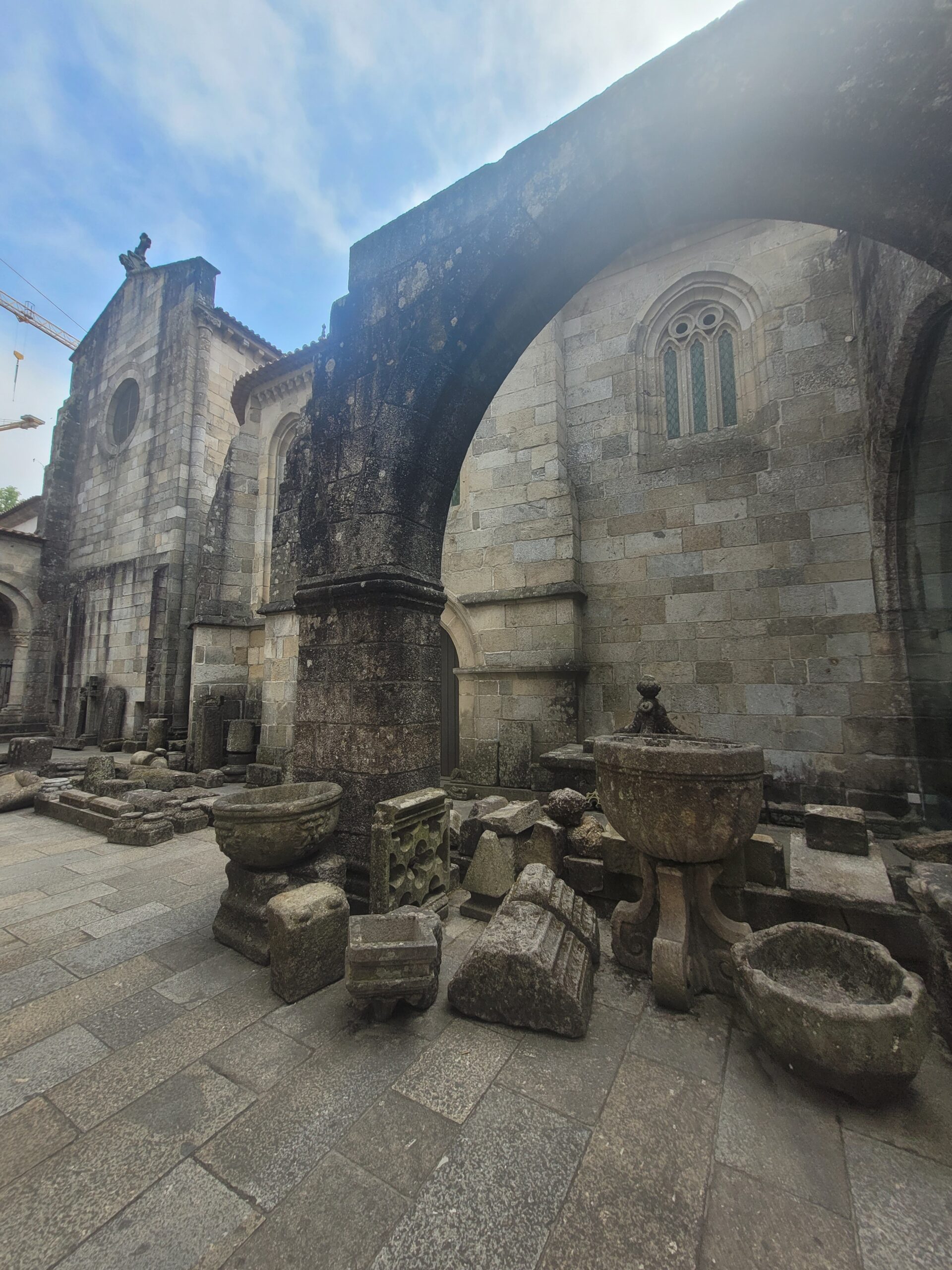
Aveiro
On the fifth day of my trip, I visited Aveiro, a charming town about 50 minutes from Espinho by train. A ticket costs around 5 euros. Known as the “Venice of Portugal” because of its picturesque canals and colorful boats (called “moliceiros”), Aveiro offers a unique and relaxing atmosphere. A boat ride through the canals is the main tourist attraction, and for 15 euros, you can enjoy a peaceful journey that shows off the town’s best views.
Aveiro is impeccably well-maintained, with beautifully restored buildings and clean streets. Despite its small size, the town has everything you could possibly need, from quaint cafés to unique shops.
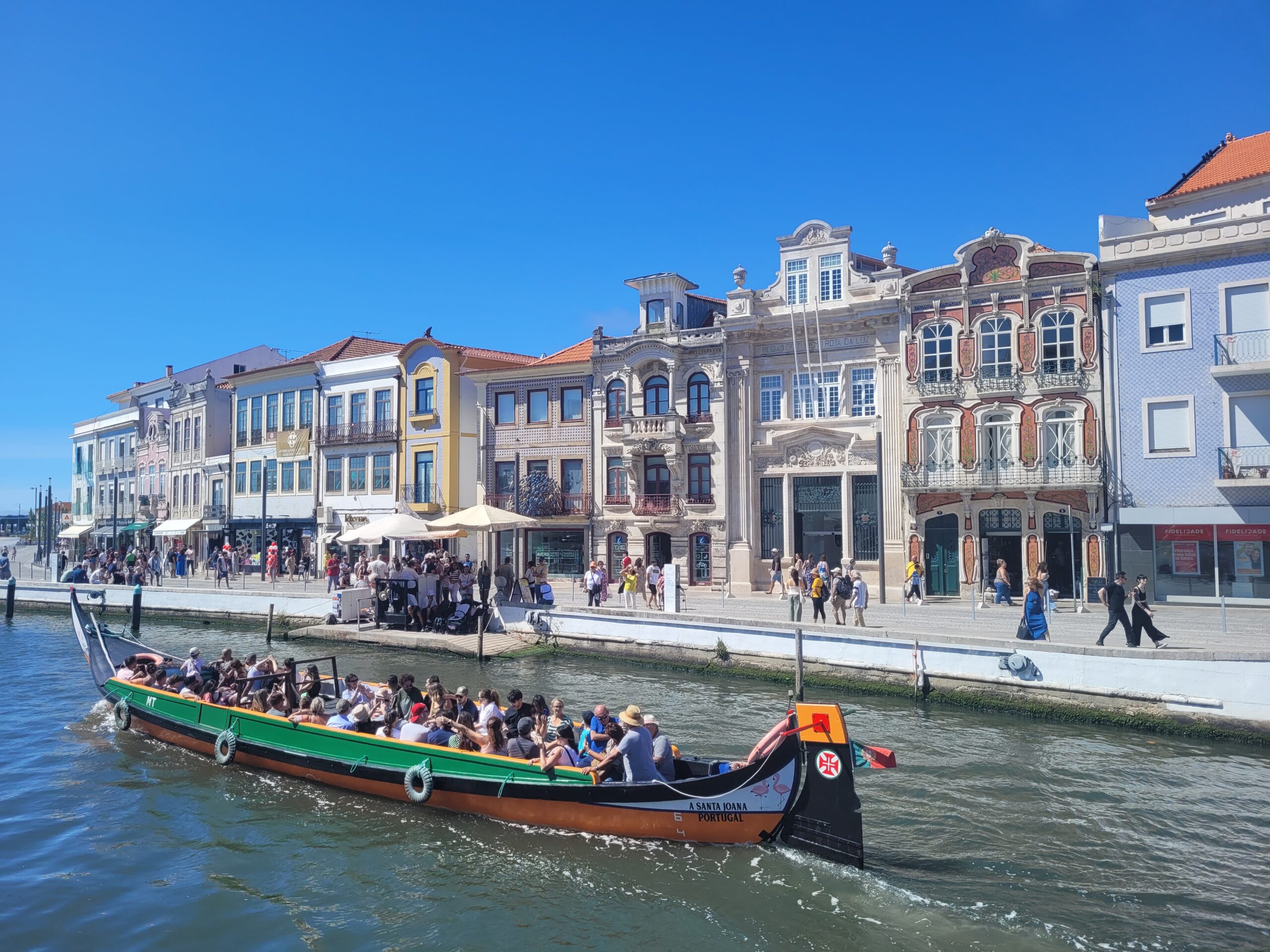
Lisbon
On the last full day of my stay, I took a trip to Lisbon, the capital of Portugal. Located 300 km from Espinho, it takes about 3 hours by train to reach the Santa Apolónia station. From there, it’s just two metro stops to the center of the city. A return ticket to Lisbon costs 46 euros.
One day is nowhere near enough to fully experience Lisbon—you’d need at least 3 or 4 days to explore its many neighborhoods and attractions. However, I made the most of my day by wandering through the historic center and along the oceanfront. The city is built on hills, which means there are countless stunning viewpoints to enjoy.
You can rent a rickshaw or hop on the famous tram 28, but I chose to walk, savoring the beauty of Lisbon’s narrow streets. One of my favorite spots was Miradouro de Graça, a rooftop viewpoint that costs just 5 euros to enter, including a drink of your choice. From there, you get a breathtaking view of the entire city, and the terrace was surprisingly peaceful with few visitors.
As I made my way back down to the city center, I stumbled upon small windows where you could buy shots of local liquor served in chocolate cups—a unique experience that added to Lisbon’s charm. The city has an unmistakable energy, a mix of excitement and tranquility. The food was delicious, and the pastries, in particular, were extraordinary.
If you’re visiting Lisbon for a few days, everyone will recommend making time to visit Sintra and Cascais, two towns on the Atlantic coast. Unfortunately, I didn’t have enough time, so I’ll save those for my next visit to this beautiful country.
My seven days in Portugal flew by, but they were filled with incredible experiences and unforgettable moments. From the charm of Porto to the religious history of Braga, the canals of Aveiro, and the vibrant energy of Lisbon, each city left a lasting impression. I can’t wait for the chance to return and explore even more of this captivating country.


